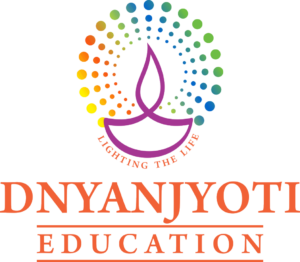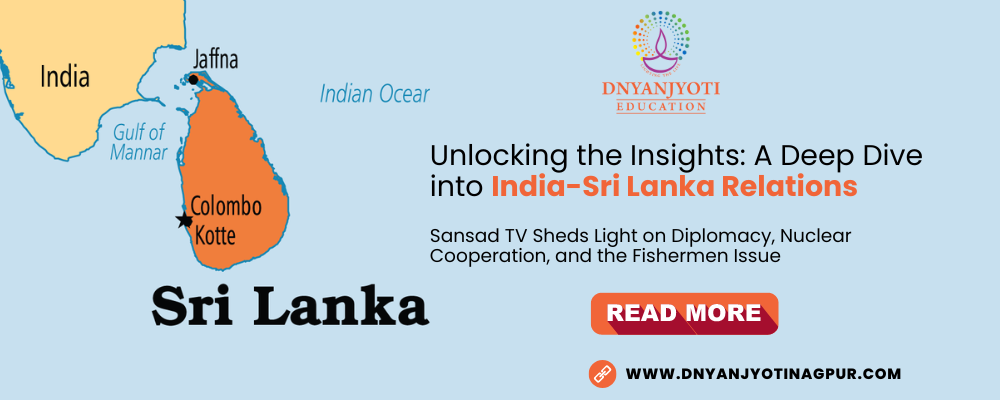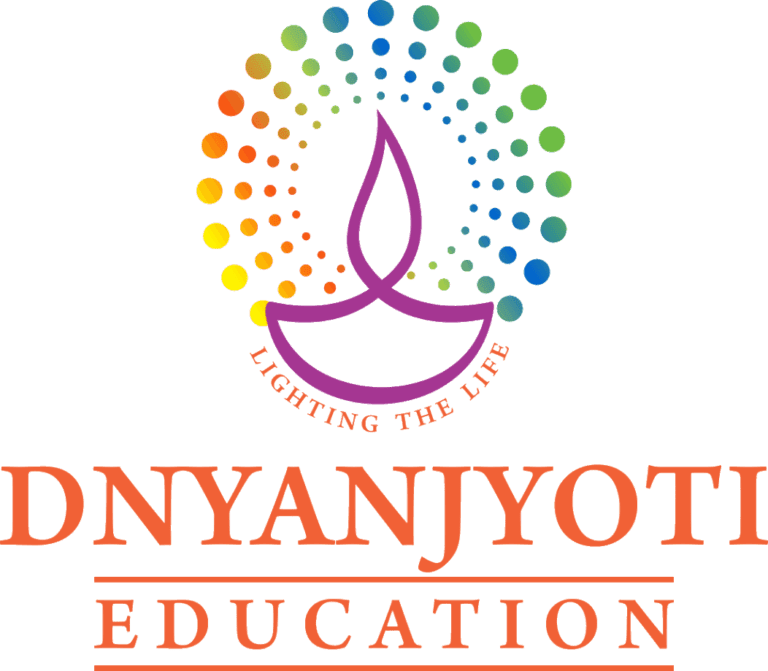India and SriLanka Relations Key areas and analysis:
Diplomatic Cooperation:
Diplomatic relations between India and SriLanka involve high-level visits and notable events such as the Indian Prime Minister’s address to the SriLankan parliament in 2015. The India-Sri Lanka Joint Commission, established in 1992, facilitates discussions on bilateral affairs. Additionally, a civilian nuclear energy deal was signed in 2015 to explore nuclear energy for peaceful purposes.
Fishermen Issue:
The ongoing issue of fishermen between India and Sri Lanka has resulted in disputes, with Indian fishermen being picked up by the SriLankan Navy. To address this, both countries have signed a memorandum of understanding (MOU) to provide support and necessary equipment to fishermen, aiming for peaceful trade. Sri Lanka has also emphasized the use of sustainable fishing methods to protect fish yields.
Economic Cooperation:
The India-SriLanka Free Trade Agreement, signed in 2010, has strengthened economic ties, with India being SriLanka’s largest trading partner. India has also made significant foreign direct investments in SriLanka, while SriLanka presents opportunities for foreign investment in India.
Defence and Security Cooperation
Colombo and New Delhi have a long history of security cooperation, including increased military-to-military relationships. Joint military and naval exercises are conducted, and India provides defence training to SriLankan forces. A trilateral maritime security cooperation agreement involving India, SriLanka, and the Maldives aims to enhance surveillance, combat piracy, and reduce maritime pollution in the Indian Ocean Region.
Development Assistance
Following the end of the armed conflict between the SriLankan Government and the LTTE in 2009, India provided immediate war relief measures, including food and medicine. Long-term measures included the reconstruction of 50,000 houses for internally displaced people. India has also been a significant provider of development credit for Sri Lanka’s infrastructure development and has supported healthcare by providing medical equipment and ambulances.
Cultural and Educational Cooperation
Cultural cooperation between India and SriLanka dates back to 1977, with the signing of a cultural cooperation agreement. The India SriLanka Foundation, established in 1998, promotes technical, scientific, cultural, and educational cooperation through civil society engagement. Tourism is also an important area of cooperation, with Sri Lankan tourists being among the top ten visitors to India. SriLanka is a partner in India’s Nalanda University project. Additionally, people of Indian origin residing in SriLanka contribute to various business ventures.
Developments in SriLanka
Sri Lanka has made progress in the health sector, successfully eradicating malaria. The country has also shown improvement in social development indicators, such as literacy and health.
Significance of the relations
India shares cultural and security ties with countries in the South Asian region, including Sri Lanka. SriLanka’s strategic location in the Indian Ocean region has geopolitical relevance to major powers. As a prominent Asian nation, India has a responsibility to ensure peace and stability in its neighboring countries. India’s collaboration with SriLanka is crucial for its aspirations to become a Blue water navy in the Indian Ocean and pursue permanent membership in the United Nations Security Council. SriLanka’s location can serve commercial, industrial, and military purposes.
Conclusion
Despite pending issues, the relations between India and SriLanka in the Indian Ocean region are progressing. Trade has grown rapidly since the implementation of the Free Trade Agreement. India’s plans to develop regions beyond defense assistance are positive steps. There is hope for the resolution of ethnic and fishermen issues in the near future, as better relations are on track.


